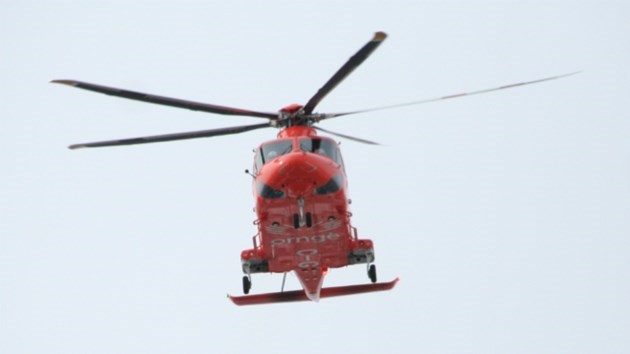Re: Column Ornge has made a lot of progress
Dr. McCallum took over the helm of Ornge at a very low point in the organization’s history.
It was beset with scandals and multiple criminal investigations and he has worked diligently to restore the integrity of the Ontario Air Ambulance program.
While one would expect a CEO to put forth a narrative that paints a picture of a progressive organization while defending the perceived slight to the organization that they head up, I must take exception to some of the points Dr. McCallum highlights.
The “state-of-the-art aircraft and helicopter fleet” that he references, bears some scrutiny. The original purchase of the AW139 helicopters, at a cost of approximately $300 million, and the alleged improprieties with respect to the consummation of the sales contract, were the subject of police investigations. Ultimately these were dropped. This result was due primarily to the inability of the OPP to get the documentation needed from the European manufacturer, to make a factual finding one way or the other as to whether any criminality took place.
When these aircraft went into service, the medical interiors that Ornge had installed were so heavy they reduced the amount of fuel that could be carried. This design lowered the range of the aircraft when fully loaded with fuel, crew and patients. The reduction in range was such that the new state-of-the-art aircraft were incapable of flying from Sudbury to the Soo hospital, and return without a refueling stop at the Soo airport.
This was a trip the previous helicopter model S76-A was capable of doing without a refueling stop on a routine basis.
As a result, the AW139 has been on a weight-reduction program since it went into service. Various medical equipment and interior components have been redesigned and replaced multiple times, costing tens of millions of dollars to get the overall weight of the aircraft down so that the flight range originally required could be achieved.
At the present time, the Ornge helicopter fleet is undergoing a structural refit, designed to correct a problem with cracks that were developing in the main roof structure. The procedure involves the removal of both engines and the main rotor transmission to access and remove the upper deck and roof, to allow the installation of additional doublers to reinforce the roof structure.
Then new skins are installed followed by the reinstallation of all the power train components. The process takes the better part of a month to accomplish, and aside from the cost of having each of the 11 aircraft out of service for up to a month, the cost of labour and materials per aircraft is significant.
With the recent sudden departure of the Chief Operating Officer, the turmoil that Dr. McCallum referred to when he took the helm of Ornge six years ago, at least as far as senior management is concerned, does not seem to have fully been laid to rest.
I will agree with Dr. McCallum’s assertions that his organization provides exceptional care, and it’s my experience the front-line workers are conscientious and dedicated to providing the best service possible.
But I can’t agree with his assertion that Ornge is providing “exceptional value” while delivering that care.
The fact of the matter is that the current not-for-profit model of service delivery, has led to an ever-growing bureaucracy, and the ongoing creation of new management positions.
For example, Ornge is currently advertising for an Information Management Analyst as part of the Performance and Information Management department, who will report to the manager of Corporate Performance.
It’s positions such as this that have led to the creation of a top-heavy management hierarchy such that, it takes over 600 people to operate a fleet of 11 helicopters and eight fixed-wing aircraft from 11 bases across Ontario or about 31 employees per aircraft operated.
Compare those numbers to Air Methods in the USA, a private sector EMS operator which employs 4,500 personnel to operate a fleet of 450 helicopters from 300 bases in 48 states, and their ratio of employees per aircraft is less than one third that of Ornge at 10 per aircraft.
Or look at a non-EMS Canadian-based commercial helicopter operator such as Canadian Helicopters that has approximately 400 employees to operate 90 helicopters from 25 bases across Canada, which has a ratio of four employees per aircraft.
By any reasonable comparison of the above-noted numbers, the case can be made that Ornge does not represent “exceptional value” by any definition of the word.
Dr. McCallum has done a good job of cleaning up the previous scandals that plagued Ornge. However, his accomplishment does not negate the need for a new cost-effective service delivery model, that that would provide real “value” in the delivery of Ontario’s air ambulance services.
Dan Melanson
Sudbury
